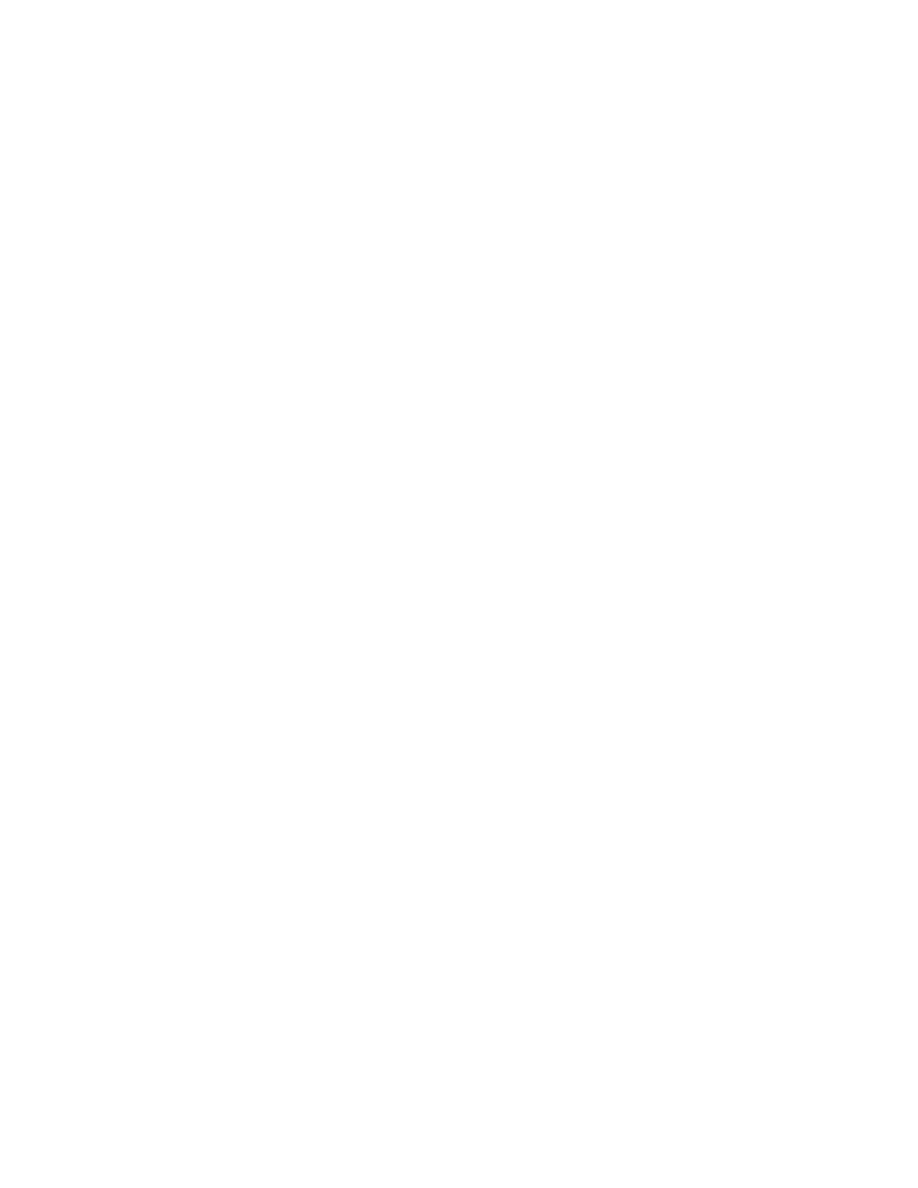
526
14 CFR Ch. I (1–1–24 Edition)
§ 61.89
(8) Descents, and descending turns in
both directions.
(9) Flight at various airspeeds from
maximum cruise to slow flight.
(10) Emergency procedures and equip-
ment malfunctions.
(11) Ground reference maneuvers.
(12) Stall entry, stall, and stall recov-
ery.
(13) Straight glides, and gliding turns
in both directions.
(14) Go-arounds.
(15) Approaches to landing areas with
a simulated engine malfunction.
(16) Procedures for disassembly.
(n)
Limitations on student pilots oper-
ating an aircraft in solo flight. A student
pilot may not operate an aircraft in
solo flight unless that student pilot has
received an endorsement in the stu-
dent’s logbook for the specific make
and model aircraft to be flown by an
authorized instructor who gave the
training within the 90 days preceding
the date of the flight.
(o)
Limitations on student pilots oper-
ating an aircraft in solo flight at night. A
student pilot may not operate an air-
craft in solo flight at night unless that
student pilot has received:
(1) Flight training at night on night
flying procedures that includes take-
offs, approaches, landings, and go-
arounds at night at the airport where
the solo flight will be conducted;
(2) Navigation training at night in
the vicinity of the airport where the
solo flight will be conducted; and
(3) An endorsement in the student’s
logbook for the specific make and
model aircraft to be flown for night
solo flight by an authorized instructor
who gave the training within the 90-
day period preceding the date of the
flight.
(p)
Limitations on flight instructors au-
thorizing solo flight. No instructor may
authorize a student pilot to perform a
solo flight unless that instructor has—
(1) Given that student pilot training
in the make and model of aircraft or a
similar make and model of aircraft in
which the solo flight is to be flown;
(2) Determined the student pilot is
proficient in the maneuvers and proce-
dures prescribed in this section;
(3) Determined the student pilot is
proficient in the make and model of
aircraft to be flown; and
(4) Endorsed the student pilot’s log-
book for the specific make and model
aircraft to be flown, and that endorse-
ment remains current for solo flight
privileges, provided an authorized in-
structor updates the student’s logbook
every 90 days thereafter.
[Doc. No. 25910, 62 FR 16298, Apr. 4, 1997;
Amdt. 61–103, 62 FR 40902, July 30, 1997;
Amdt. 61–104, 63 FR 20287, Apr. 23, 1998; Amdt.
61–110, 69 FR 44866, July 27, 2004; Amdt. 61–
124, 74 FR 42557, Aug. 21, 2009; Docket FAA–
2010–1127, Amdt. 61–135, 81 FR 1306, Jan. 12,
2016]
§ 61.89
General limitations.
(a) A student pilot may not act as
pilot in command of an aircraft:
(1) That is carrying a passenger;
(2) That is carrying property for com-
pensation or hire;
(3) For compensation or hire;
(4) In furtherance of a business;
(5) On an international flight, except
that a student pilot may make solo
training flights from Haines, Gustavus,
or Juneau, Alaska, to White Horse,
Yukon, Canada, and return over the
province of British Columbia;
(6) With a flight or surface visibility
of less than 3 statute miles during day-
light hours or 5 statute miles at night;
(7) When the flight cannot be made
with visual reference to the surface; or
(8) In a manner contrary to any limi-
tations placed in the pilot’s logbook by
an authorized instructor.
(b) A student pilot may not act as a
required pilot flight crewmember on
any aircraft for which more than one
pilot is required by the type certificate
of the aircraft or regulations under
which the flight is conducted, except
when receiving flight training from an
authorized instructor on board an air-
ship, and no person other than a re-
quired flight crewmember is carried on
the aircraft.
(c) A student pilot seeking a sport
pilot certificate must comply with the
provisions of paragraphs (a) and (b) of
this section and may not act as pilot in
command—
(1) Of an aircraft other than a light-
sport aircraft;
(2) At night;
(3) At an altitude of more than 10,000
feet MSL or 2,000 feet AGL, whichever
is higher;
VerDate Sep<11>2014
14:00 Mar 14, 2024
Jkt 262047
PO 00000
Frm 00536
Fmt 8010
Sfmt 8002
Q:\14\14V2.TXT
PC31
aworley on LAPBH6H6L3 with DISTILLER
